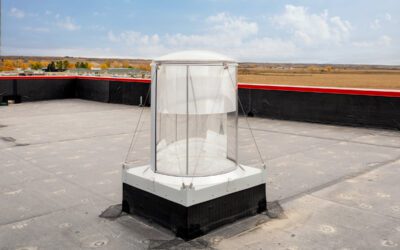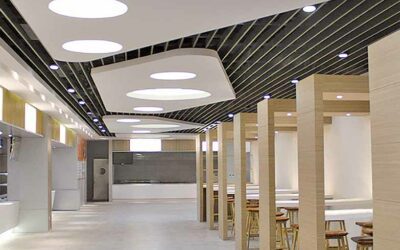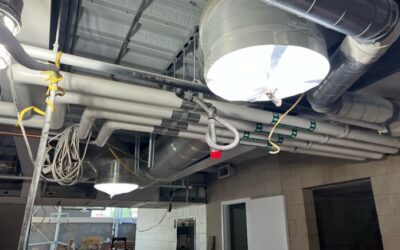Retail
Using Daylight to Increase Sales
Did you know adding daylight to your retail environment can increase your annual sales? For some stores, sales increased by a whopping 49% due to the installation of daylighting alone! Yes, you read that right – A study on chain retail stores showed that retail spaces with skylights or other daylighting solutions increased annual gross sales by an average of 40%.
Research has shown that people prefer to work, buy, and recreate in interior spaces that provide glare-free daylight. People spend more time and more money in stores illuminated with daylight. In addition to being more inviting and calming, natural lighting actually improves the appearance of items on the shelves. Everything from a nice shirt to fresh fruit looks better when illuminated by natural light. Nothing brings out a product’s color quality like full-spectrum natural light. But how do we know this? It has everything to do with what’s called the Color Rendering Index, or “CRI.” Daylight has a powerful impact on how we perceive color.
How Do We See Color?
Understanding CRI is easier with a quick refresher on how the human eye is able to perceive color. Though the color of sunlight looks white, it is actually a combination of all colors on the visible light spectrum. When we look at an object under daylight, we are only able to determine its color by the color that object is reflecting.
For example, when we look at a red apple under daylight, we see that it is red because the apple absorbs all colors of the light spectrum except for red – which it reflects. The same applies to any item we observe under light.
What is Color Rendering Index?
Now that we understand that the color of an object is the color that it reflects in the light spectrum, we can understand CRI:
CRI is the measurement used to describe how well a light source can display (or “reflect”) the colors of the object it illuminates.
CRI is scored from 0 to 100, but anything under a score of 80 is generally considered poor. Daylight has the greatest range of spectral wavelengths of any of our light sources, and is the source our eye has naturally adapted to through millenniums of evolution. Daylight, of course, always has a perfect CRI of 100. In fact, all artificial light is simply an attempt to reproduce the colors of daylight, so that objects under that light appear the same as they do under daylight.
Why Does CRI Matter for Retail Environments?
All colors will be more vivid and have a more naturally rendered appearance under daylight. Any store that sells products distinguished by color, or where color is a key selection criterion, is likely to benefit from improved CRI.
Consider this: which apple looks most appetizing to you?

Probably the one on the far right – it’s bright red and looks crisp, ripe, and natural, right? The apple on the right is under light with a CRI of 100, as opposed to the apple on the far left, with a CRI of 70. Of course, we are more drawn to products that are familiar to us in the natural world. This is an important consideration for natural foods and products, when consumers are paying attention to qualities like color and consciously searching for what looks right to them.
But what about in settings where no one is searching for anything in particular? For example, clothes shopping. Have you ever had this experience? You’re looking for a new shirt to wear to a party. A shirt on display under a bright LED light catches your eye, so you grab one and try it on in the dressing room – under another bright, florescent light. The color matches your eyes and compliments your skin tone, so you buy it. Later on, at home, you try on the shirt again and are shocked to find what you thought was a pale blue is closer to a gray-green.
You might recall a popular image from 2015: a picture of a striped dress on a rack. The dress in reality was blue and black, but in the photo that circulated the internet, more than 50% of people who saw it would have said the dress was white and gold. Although the reason behind the polarizing views was not due solely to CRI, light, and our perception of light, has an enormous impact on the products that grab our attention, and the purchases that we make.
We Prefer to Shop Under the Sun
In the same study that discovered increased sales are correlated with daylight, researchers also found that shoppers tend to return to stores with daylighting, and shop for longer. Participants in the study were not consciously aware of their exposure to daylight in the stores, but described the stores with daylighting as “relaxing” and that they had an “airy, clean feeling.” They also reported becoming more loyal to these stores – choosing to shop at them even if they were farther from their home.
Daylight Helps Us Perceive Details
Because the blue end of the light spectrum in daylight is quite rich, we tend to see better in dim daylight than dim artificial light. This means we perceive even dim daylight as brighter than “other” dim light. As a result, our pupils constrict, which then increases the depth of field of the viewer, allowing a shopper to see greater detail over a wider range of focal distances.
Similarly, older customers feel more at ease shopping in stores with daylighting because natural light makes it easier to see products and prices. According to the Illuminating Engineering Society, folks aged 55 and older require lighting that is 2.3 times stronger than their 25-year-old counterparts.
By installing daylighting in your grocery store, shopping mart, or other retail outlet, you can instantly provide an enhanced customer experience, increase your profits while cutting electricity costs, and better present your product and brand to your customers.
Daylighting Gallery: Retail
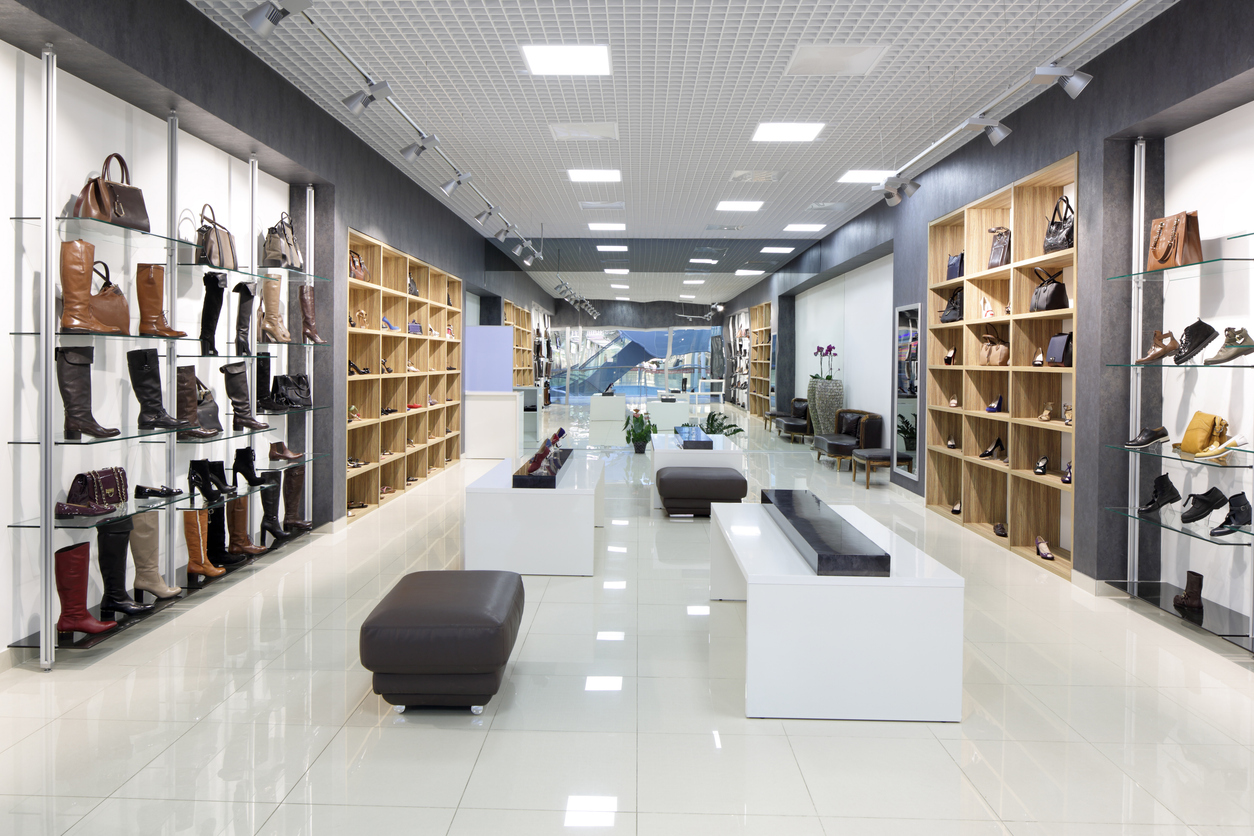
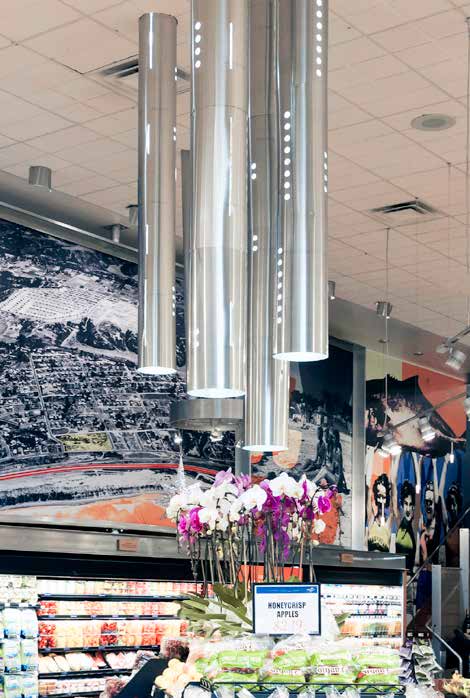
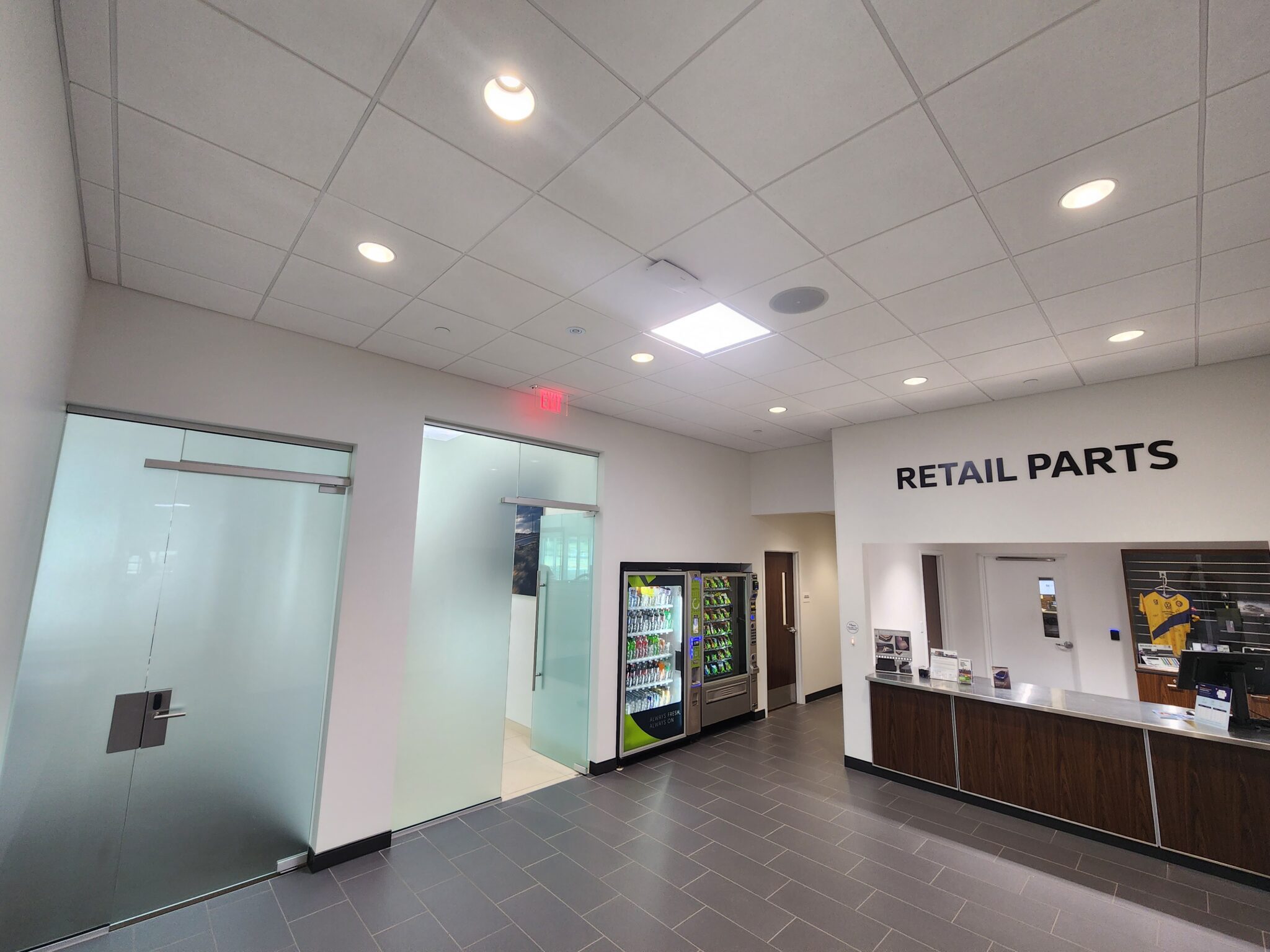
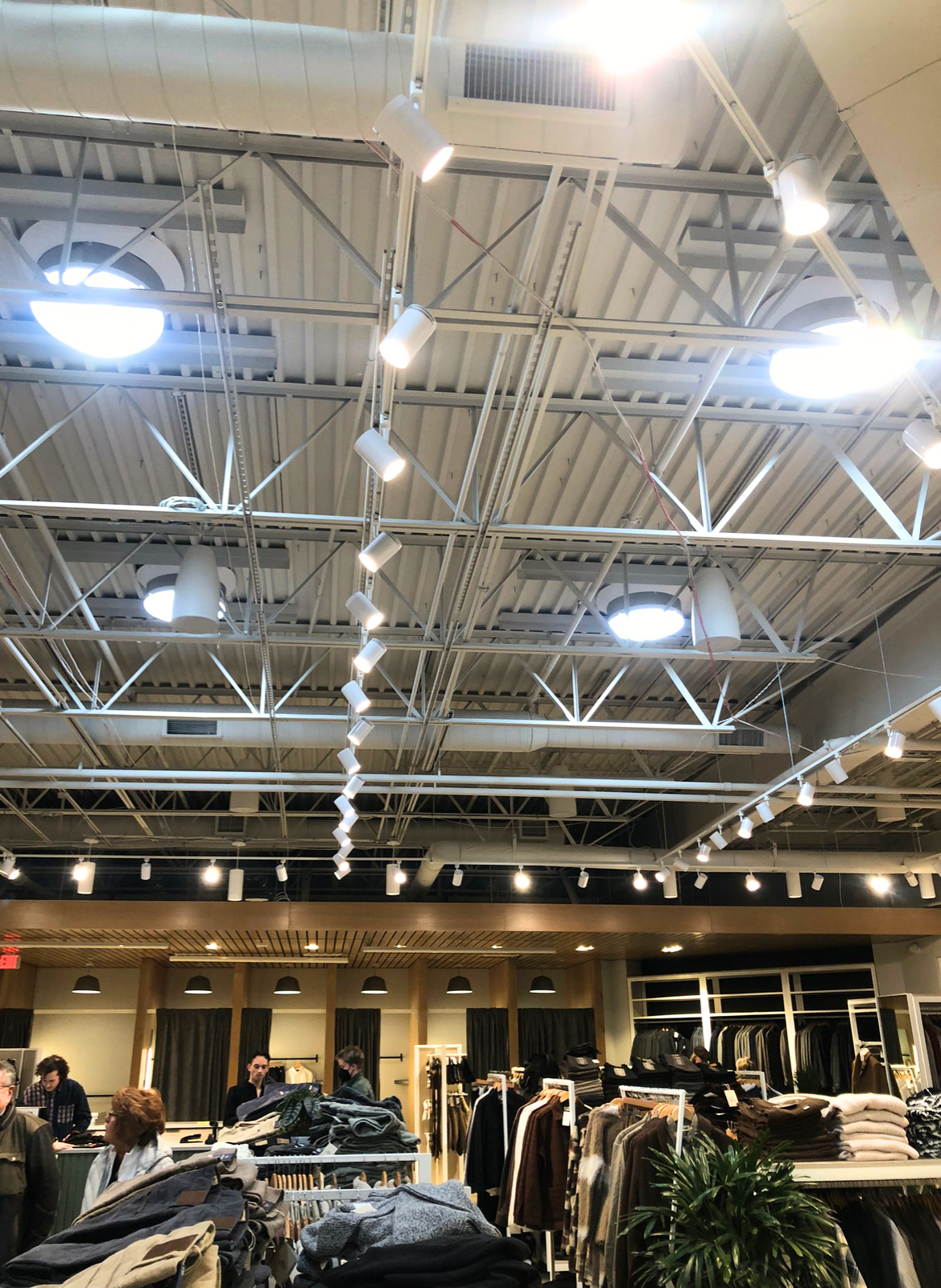
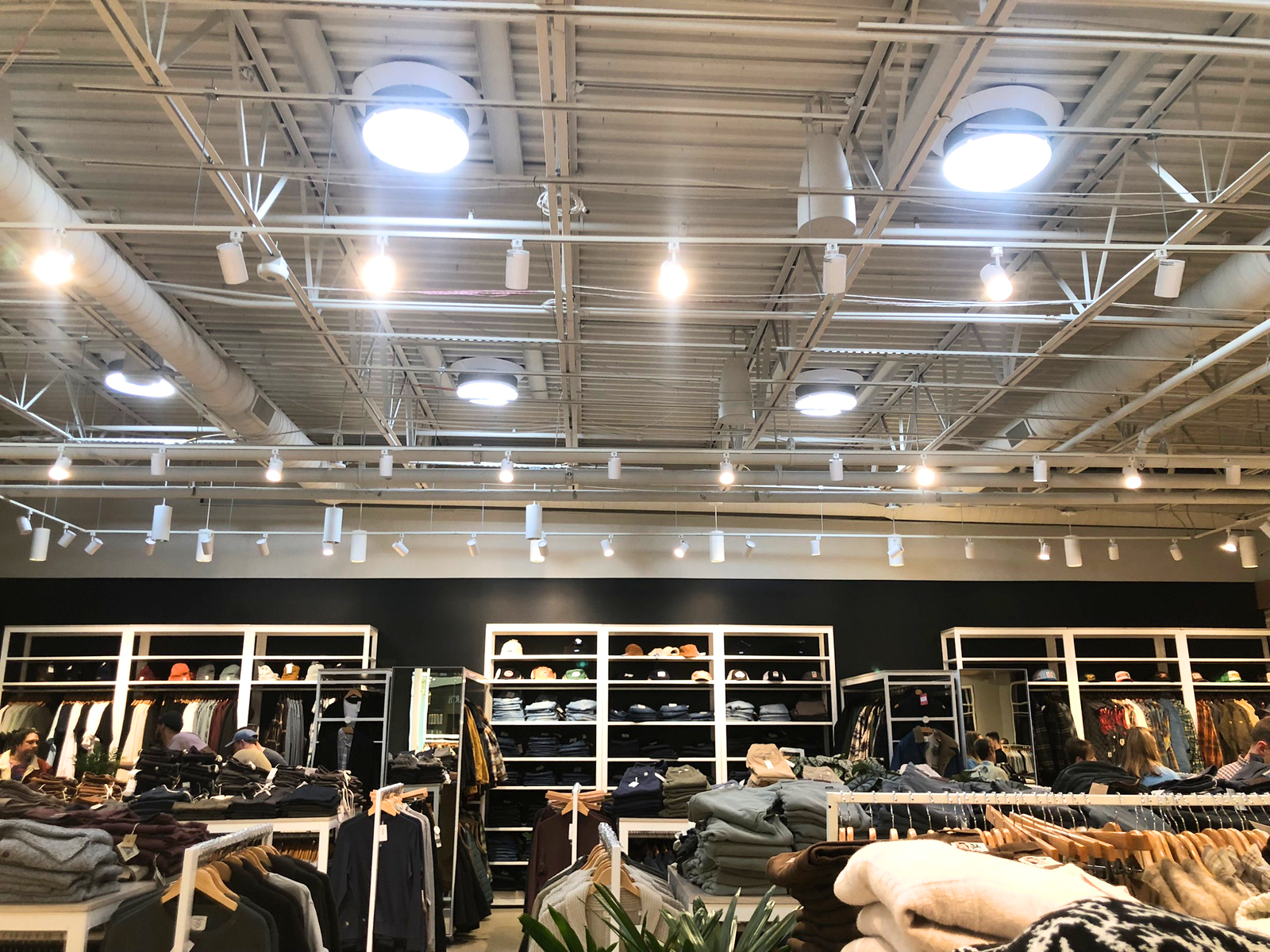
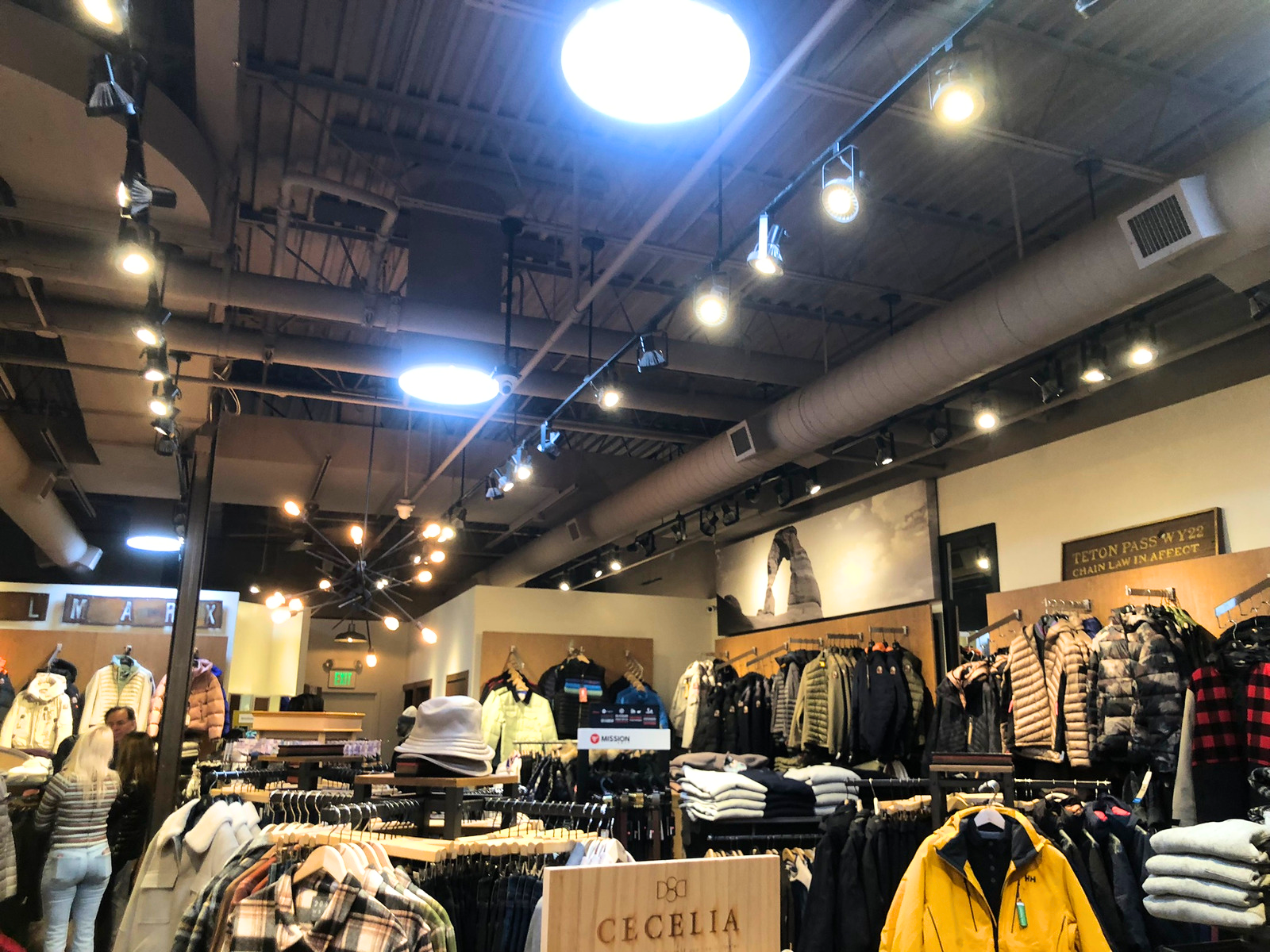
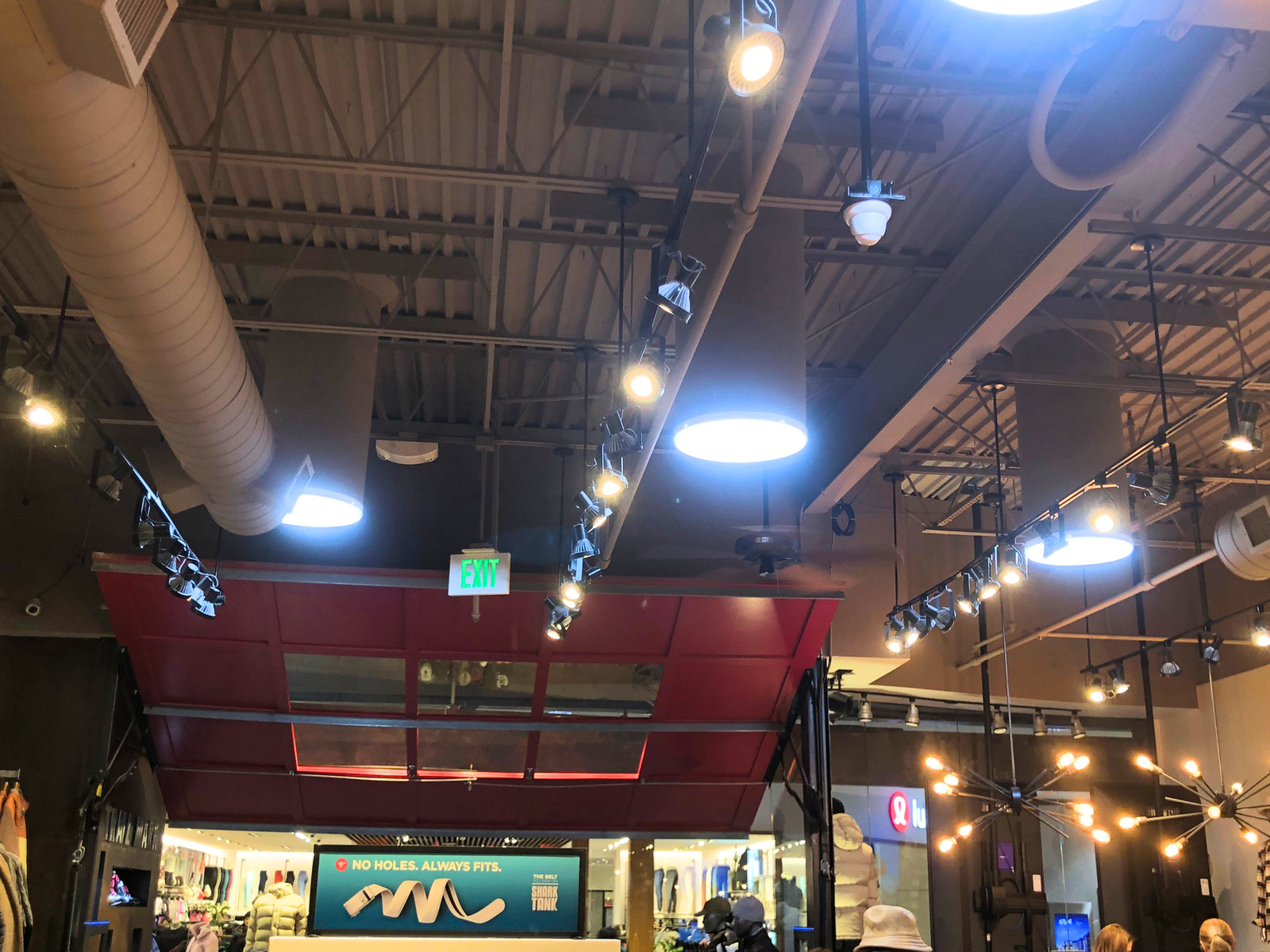
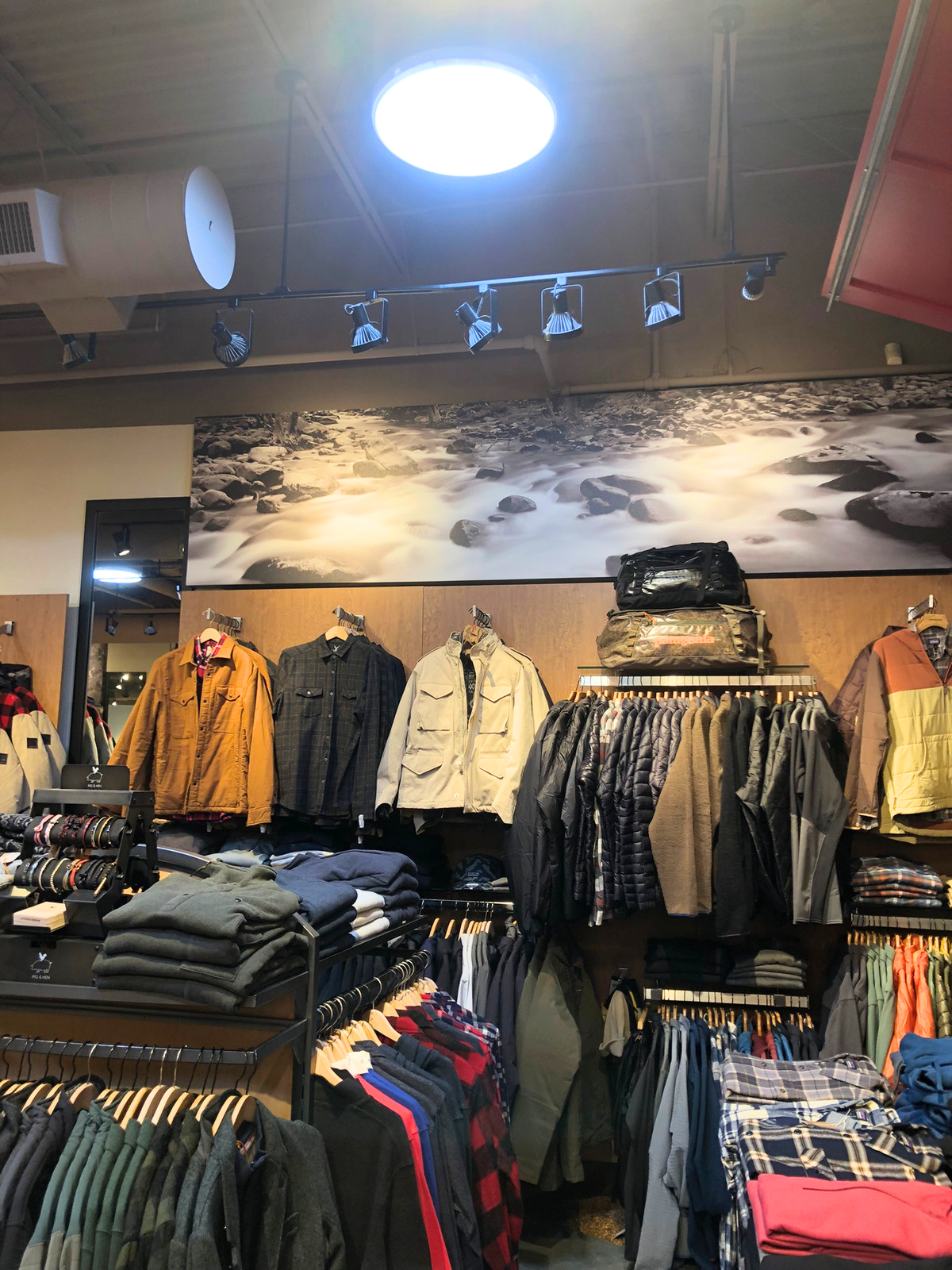
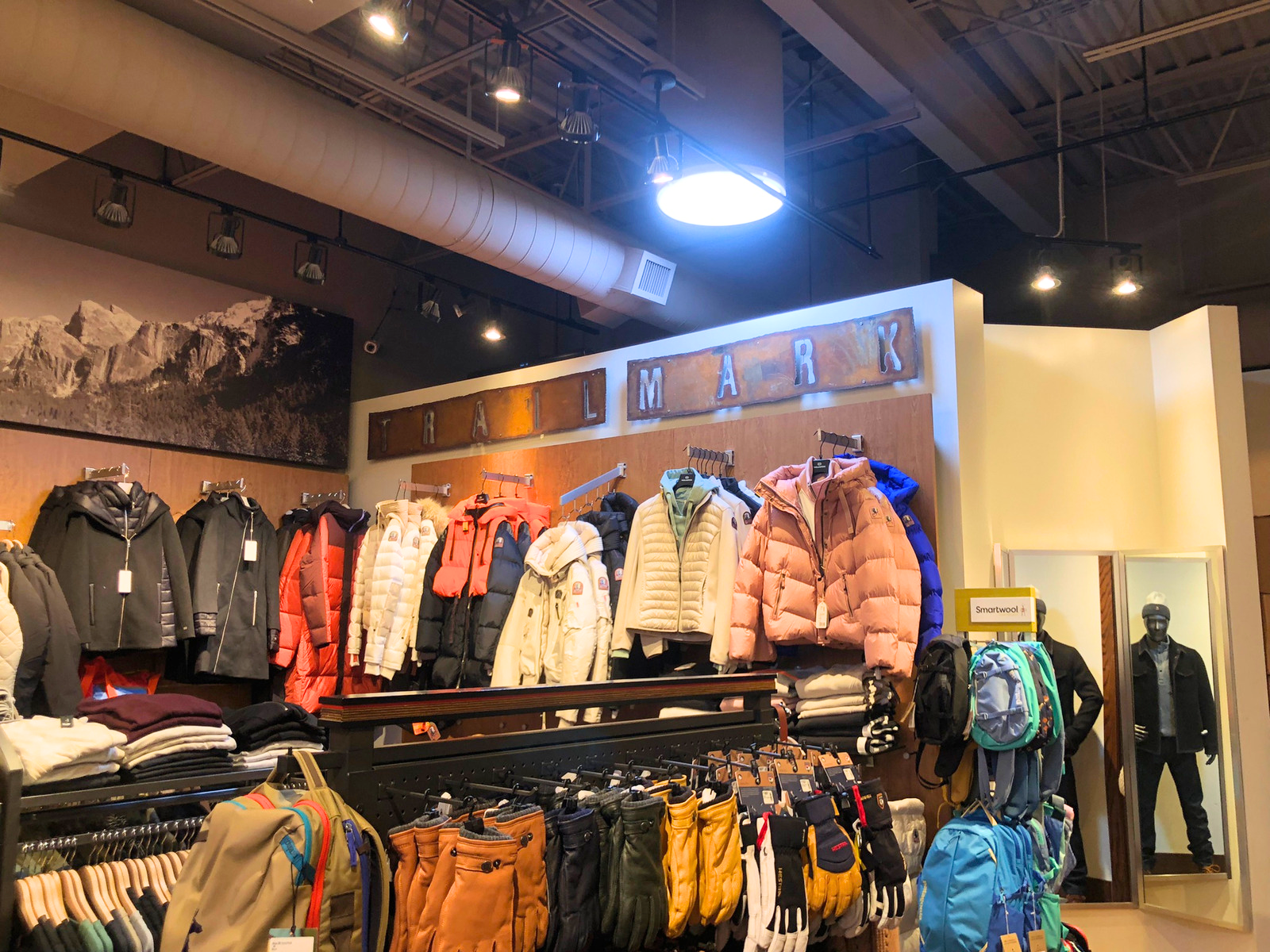

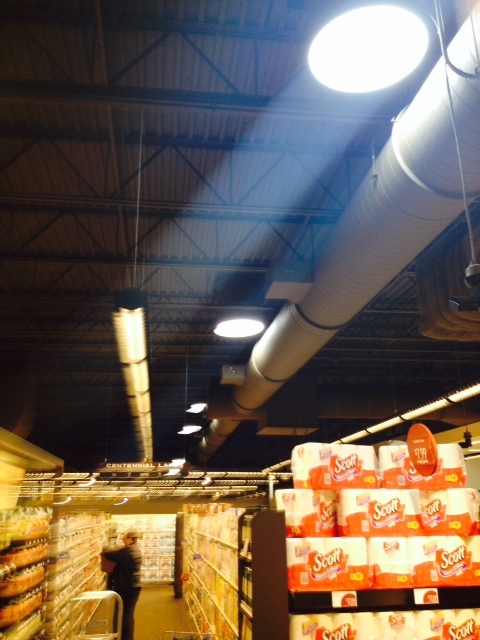
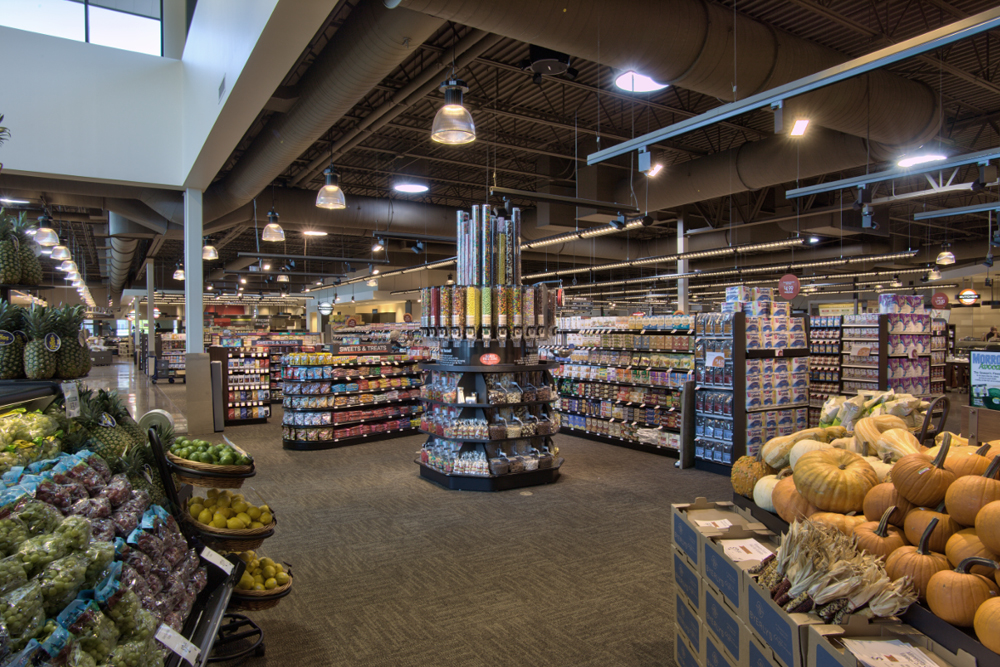
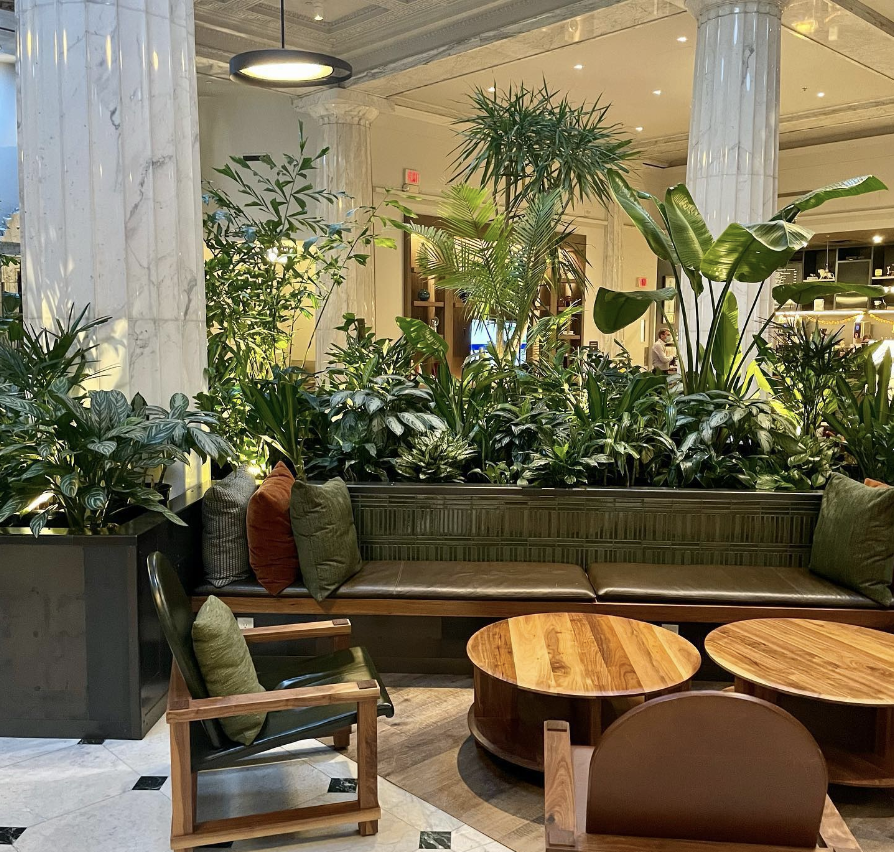
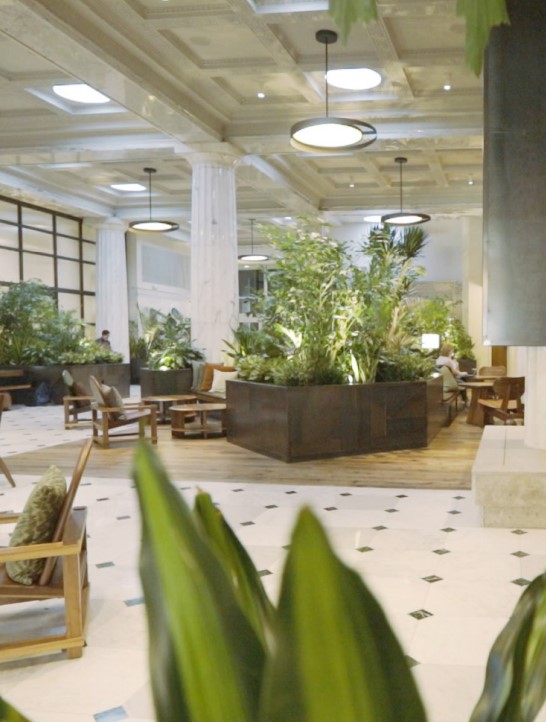
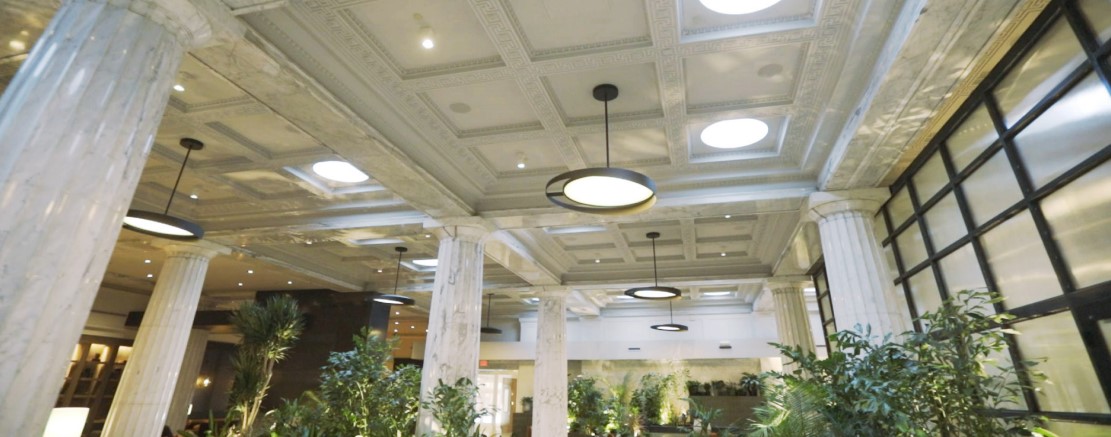
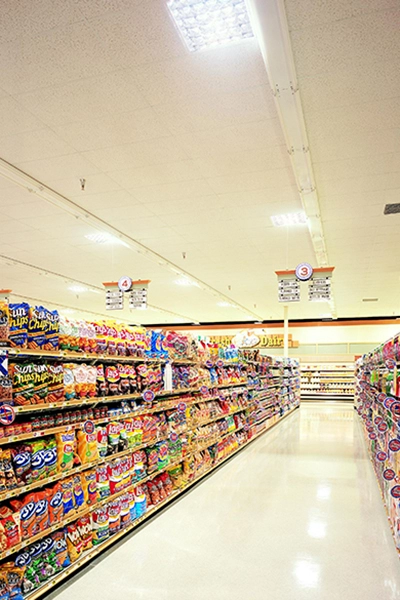
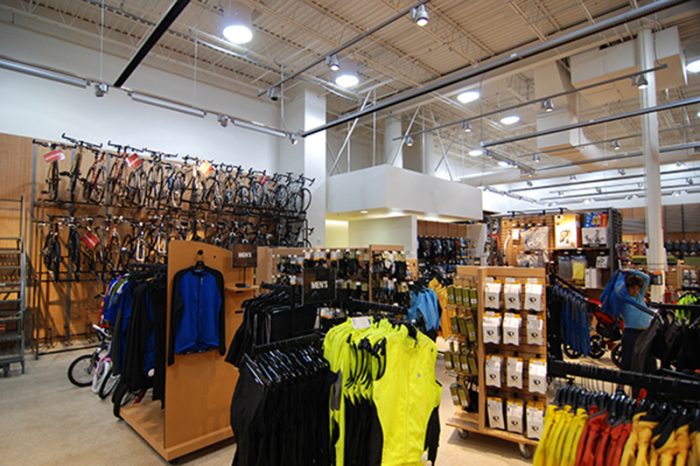
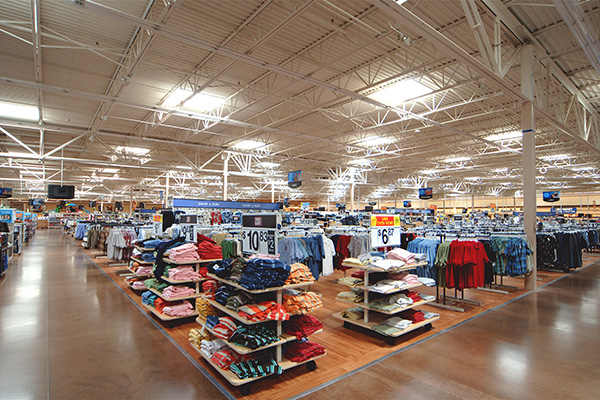
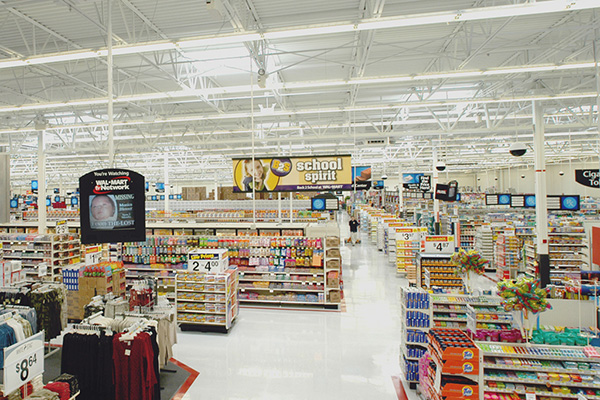
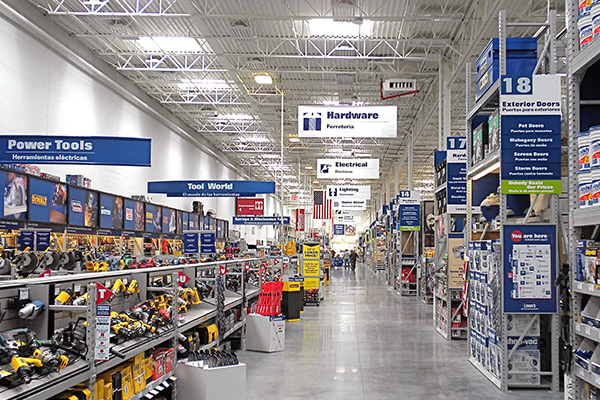

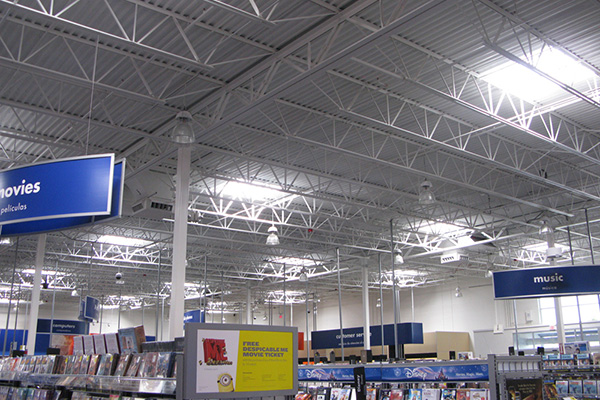



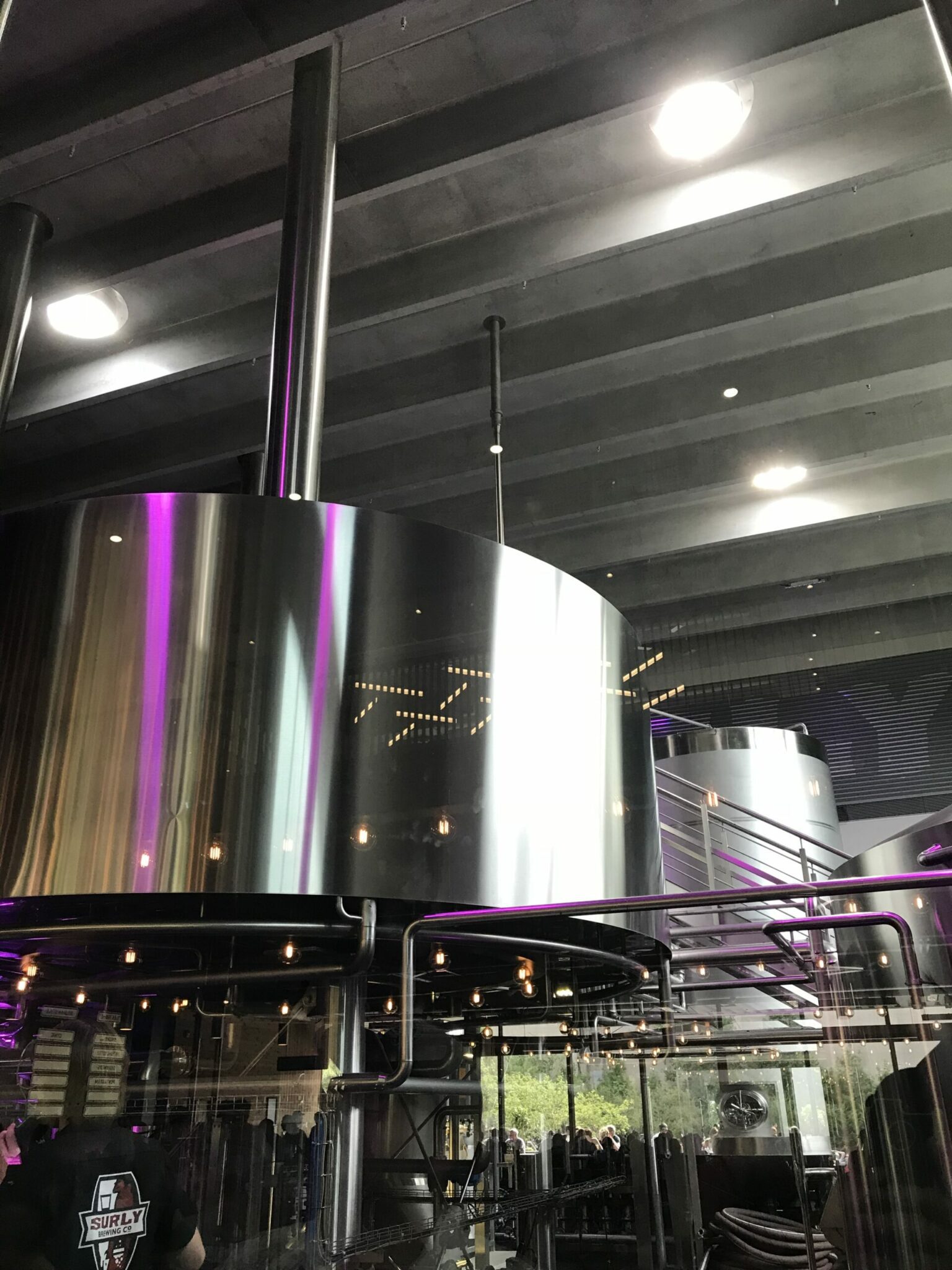
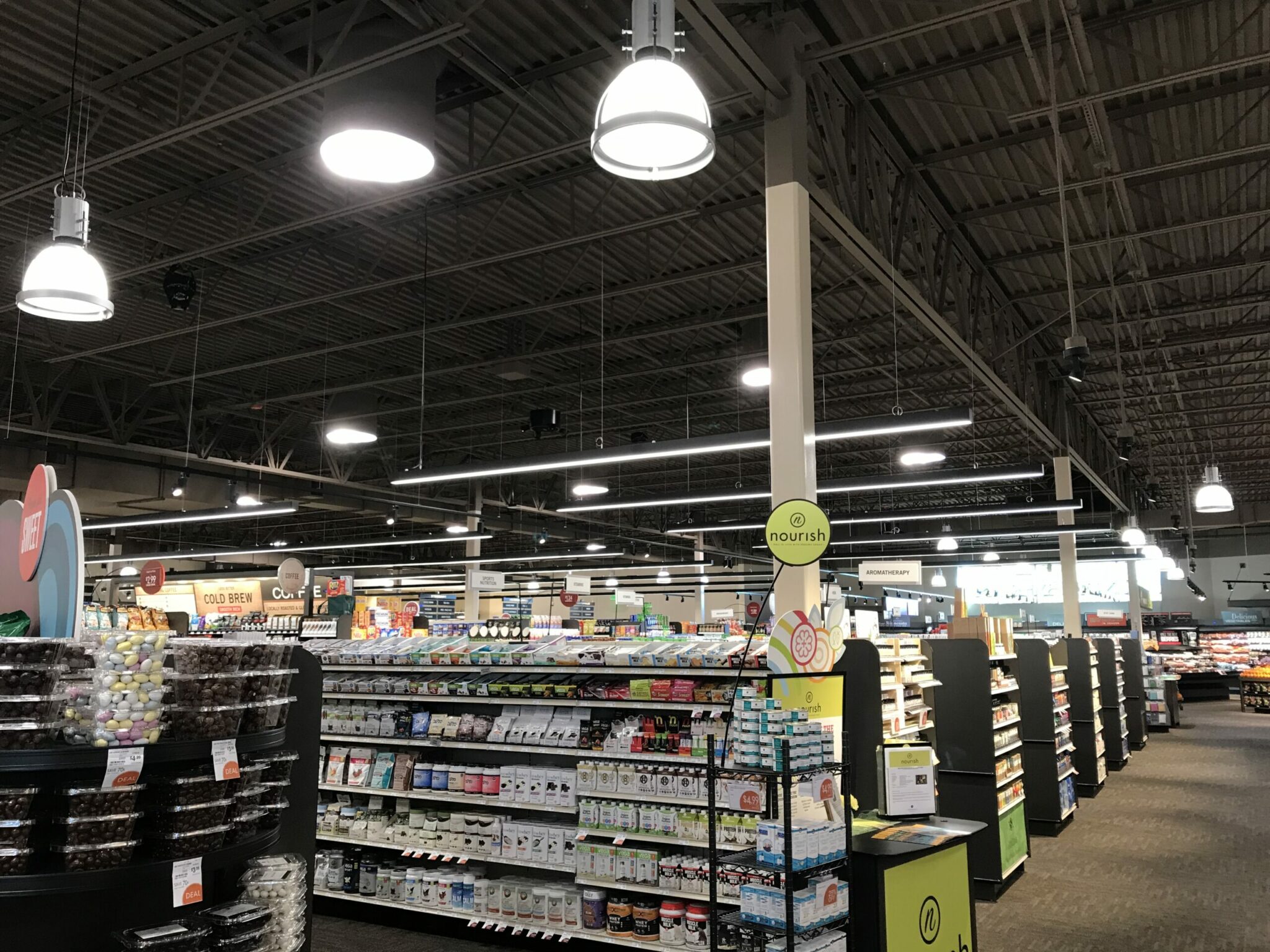
Contact Daylight Specialists
At Daylight Specialists, our expert design team can help you dramatically transform your retail outlet in a way that enhances your customer experience and improves your bottom line. We provide an initial consultation, during which our experts listen to your vision and provide feedback and ideas. Next comes a proposed design and detailed estimate. If you decide to work with Daylight Specialists, rest assured that our team has access to all the most innovative daylighting resources, and the knowledge and experience to bring brilliant natural light to your project in the most beautiful and economical way possible. If you want to learn how you can benefit from daylighting, contact Daylight Specialists today.
Daylighting Retrofits: Overcoming Challenges and Maximizing Impact
Daylighting retrofits are becoming increasingly popular as businesses seek ways to reduce energy consumption and create more inviting, healthier spaces. Retrofitting existing buildings with daylighting systems is a cost-effective way to bring natural light into spaces...
The Art of Natural Lighting: Crafting Aesthetic and Functional Spaces with Daylight
Daylighting is an art form that shapes how we experience buildings. In architecture and design, natural light plays a crucial role in creating environments that are not only functional but also aesthetically pleasing and emotionally engaging. When thoughtfully...
Maximizing Daylight in Challenging Spaces: Overcoming Design Obstacles
Bringing daylight into spaces that are constrained by structural limitations, location, or design can be challenging. Architects and design professionals are often faced with the need to balance aesthetics, practicality, and sustainability when incorporating natural...
Daylighting in Retail FAQ
why is daylighting important for the retail market?
Daylighting is crucial for the retail market because it enhances the shopping environment, making spaces more inviting and attractive. Natural light improves product visibility, making colors and details more vibrant. This can lead to increased customer satisfaction, longer shopping times, and higher sales. Additionally, it helps create a more pleasant atmosphere for both customers and employees.
How does daylighting benefit retail businesses?
Daylighting benefits retail businesses by creating a more appealing and comfortable shopping environment. It can attract more customers, increase the time they spend in the store, and boost sales. Natural light also reduces the need for artificial lighting, leading to lower energy costs. Furthermore, it can enhance the overall aesthetic of the store, making it more inviting and modern.
What are some common daylighting solutions for retail stores?
Common daylighting solutions for retail stores include large windows, skylights, light shelves, and reflective surfaces to maximize natural light. Additionally, tubular daylighting devices and glass doors can be used to distribute light effectively. Adjustable shading devices help control glare and heat, while strategically placed mirrors and light-colored interiors enhance light dispersion, creating a bright and welcoming shopping environment.
How can daylighting enhance the health and well-being of retail staff and customers?
Daylighting enhances the health and well-being of retail staff and customers by providing natural light that boosts mood, reduces stress, and increases energy levels. Exposure to natural light helps regulate circadian rhythms, improving sleep quality and overall health. A well-lit environment also reduces eye strain and creates a more comfortable and enjoyable shopping experience.
Are there any energy-saving benefits to daylighting in the retail market?
Daylighting offers significant energy-saving benefits in the retail market by reducing the need for artificial lighting, thus lowering electricity consumption and costs. It also decreases the load on HVAC systems, as natural light can be managed to reduce heat gain and loss. These savings contribute to a more sustainable and cost-effective operation, enhancing the store’s environmental footprint.
Can daylighting solutions be customized for different retail spaces?
Daylighting solutions can indeed be customized for different retail spaces, taking into account the specific needs, layout, and design of each store. Solutions can include tailored window placements, skylights, tubular daylighting devices, and shading systems. Customization ensures optimal light distribution, enhances the store’s aesthetic appeal, and meets the unique requirements of various retail environments, from boutiques to large department stores.
What factors should retailers consider when implementing daylighting solutions?
When implementing daylighting solutions, retailers should consider factors such as store orientation, window placement, potential glare, and heat gain. It’s also important to evaluate the impact on product displays, energy savings, and customer experience. Integrating adjustable shading devices and energy-efficient glazing can optimize daylight use. Collaboration with daylighting experts ensures the solutions meet both functional and aesthetic goals.
Can daylighting solutions improve the overall shopping experience for customers?
Daylighting solutions can significantly improve the overall shopping experience for customers by creating a bright, welcoming, and visually appealing environment. Natural light enhances the visibility and attractiveness of products, making colors and details more vibrant. This not only improves customer satisfaction but also encourages longer visits and increases the likelihood of purchases, ultimately boosting sales and customer loyalty.

